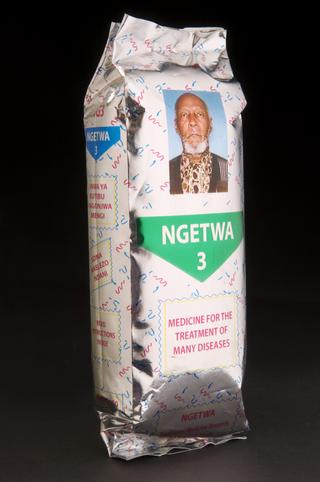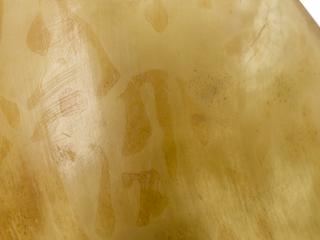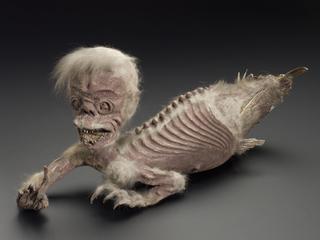




Circumcision knife with quartzite blade and gum handle, from near Macdonnel Ranges, Central Australia, 1850-1920
Circumcision is the removal of the foreskin of the penis. It is practised worldwide for cultural and religious reasons. This circumcision knife has a quartzite blade and gum handle. It originates from near the MacDonnell Ranges in Central Australia. Circumcision is often an initiation into manhood and a rite of passage for young men within many Australian aboriginal groups.
Details
- Category:
- Ethnography and Folk Medicine
- Collection:
- Sir Henry Wellcome's Museum Collection
- Object Number:
- A96108
- Measurements:
-
overall: 36 mm x 159 mm x 42 mm, .109 kg
- type:
- circumcision knife




